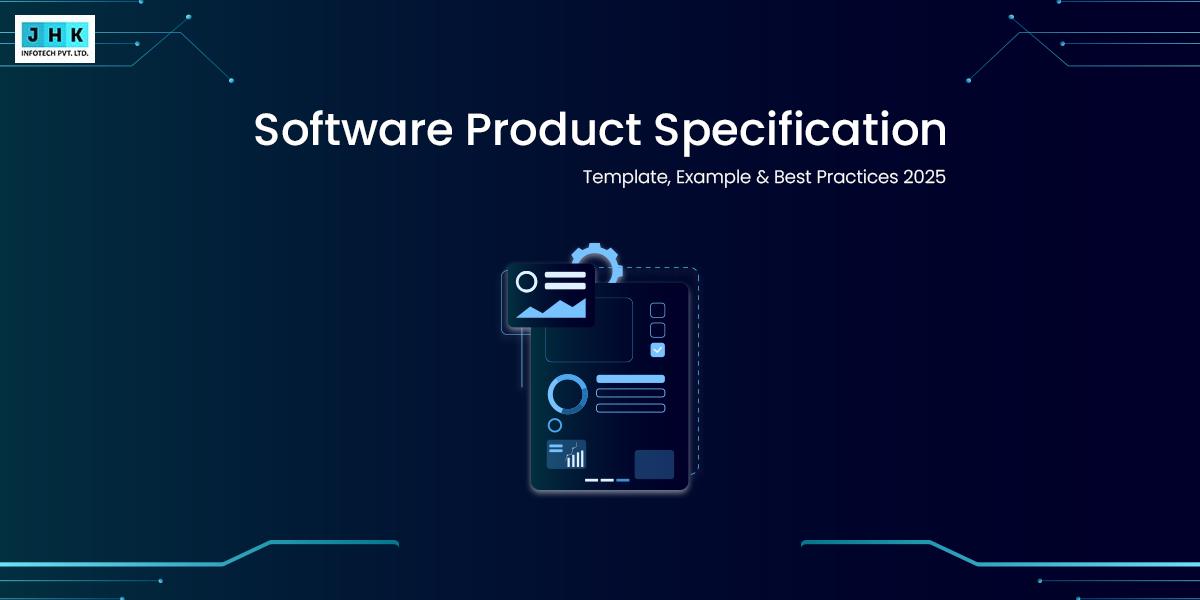How to Fix Unique Constraint Violation Found in Magento 2

A sudden database error can bring your Magento 2 store to a grinding halt, leaving you grappling with technical jargon and frustrated customers. Among the most perplexing issues is the dreaded Fix Unique Constraint Violation Found in Magento 2, a problem that disrupts data integrity and paralyzes operations. But what if resolving this wasn’t as daunting as it seems? With the right approach, you can untangle these database conflicts, safeguard your store’s functionality, and ensure a seamless user experience. Dive in to uncover actionable strategies that transform technical chaos into controlled precision, empowering your e-commerce platform to thrive.
Unique constraint violations in Magento 2 can disrupt the seamless operation of your e-commerce store, leading to errors that affect performance and user experience. Addressing these violations requires an understanding of their nature, causes, and solutions. This article explores the technical underpinnings of unique constraints, provides actionable steps for resolution, and highlights best practices to prevent recurrence.
Understanding Unique Constraint Violations in Magento 2
Unique constraints enforce the uniqueness of specific data fields within a database table, ensuring data integrity. A violation occurs when an attempt is made to insert or update a record with duplicate values in a field defined as unique.
Why Unique Constraints Are Essential for Database Integrity
Unique constraints preserve the integrity of data by preventing duplications that could corrupt business logic or reporting accuracy. For instance, customer accounts, order IDs, or SKU values must remain unique to maintain operational consistency.
Common Scenarios Leading to Unique Constraint Violations
Violations typically arise during data imports, system upgrades, or custom development. Duplicate entries, flawed migration scripts, or incompatible extensions often precipitate these errors, making proactive monitoring crucial.
What is a Unique Constraint Violation?
Definition and Technical Explanation
A unique constraint violation is a database error triggered when an operation conflicts with a predefined rule mandating the uniqueness of a field. This conflict commonly results in SQL error messages that halt execution.
Examples of Unique Constraints in Magento 2 Databases
Magento 2 relies on unique constraints for tables like catalog_product_entity and customer_entity. For example, the sku field in product tables must be unique to avoid errors during inventory operations or API integrations.
Impact of Violations on System Functionality
When violations occur, processes such as data imports, checkout workflows, or module installations may fail. This can lead to downtime, frustrated customers, and potential revenue loss.
Factors Leading to Unique Constraint Violations in Magento 2
Duplicate Entries in the Database
Duplicate records often arise from flawed data imports or insufficient validations during data entry. Such duplicates conflict with unique constraints, triggering violations.
Improper Database Design or Migration Issues
Misaligned table schemas or poorly executed migrations can introduce structural conflicts, leading to violations. Rigorous testing throughout the migration process is imperative to minimize potential risks.
Errors During Importing Data
Malformed or duplicate entries in import files are frequent culprits. A lack of validation before importing data exacerbates the issue, resulting in constraint conflicts.
Conflicts Arising from Custom Extensions or Modules
Custom extensions may inadvertently introduce schema changes or operations that conflict with Magento’s core database structure, causing constraint violations.
Caching and Indexing Discrepancies
Outdated cache and misaligned indexes can create phantom conflicts, making it appear as though violations exist even when the database records are correct.
Identifying the Problem
Common Error Messages Related to Unique Constraints
Messages like “Integrity constraint violation: 1062 Duplicate entry” provide clues about the offending table and field, aiding in pinpointing the issue.
Tools and Logs to Help Diagnose the Issue
Magento’s var/log directory contains error and debug logs that capture detailed information about violations. Database management tools like phpMyAdmin or MySQL Workbench can also be invaluable.
Navigating the Magento 2 Debugging System
Enabling Magento’s developer mode and using the debug toolbar allows developers to trace errors more efficiently, isolating constraint conflicts for resolution.
Step-by-Step Guide to Fixing Unique Constraint Violations
Backing Up Your Magento 2 Store and Database
Before making any changes, create a complete backup to safeguard against accidental data loss or further corruption.
Identifying the Problematic Table or Constraint
Examine error messages to determine the affected table and constraint. Cross-referencing database schema with Magento’s official documentation helps in understanding the violation.
Analyzing Database Records for Duplicates
Using SQL queries like SELECT COUNT(*) can reveal duplicate entries. Focus on the fields referenced in error messages to streamline the analysis.
Resolving Database Duplicates
How to Safely Remove Duplicate Entries Using SQL Queries
Execute queries such as DELETE FROM table_name WHERE condition to eliminate duplicates. Ensure these operations are performed with precision to avoid unintended data loss.
Using Magento’s Built-In Commands to Clear Conflicts
Magento CLI commands like bin/magento setup:upgrade and bin/magento cache:flush can resolve minor conflicts stemming from cache or index misalignment.
Validating Changes to Ensure Data Integrity
Run checks on the affected table post-resolution to confirm that only the necessary entries remain, preserving the database’s structural integrity.
Checking Custom Extensions and Modules
Identifying Extensions Causing Conflicts
Systematically disable extensions to isolate those introducing violations. Use Magento’s bin/magento module:disable command for a safe approach.
Debugging Third-Party Extensions for Compatibility
Review the codebase of third-party extensions for schema changes or operations conflicting with core Magento functionality.
Temporarily Disabling Modules for Troubleshooting
Disabling modules one at a time can help identify and resolve issues without affecting unrelated store functions.
Using Magento 2 CLI for Resolution
Running Magento Indexer Commands to Refresh Data
Reindexing with commands like bin/magento indexer:reindex ensures that changes to the database schema are accurately reflected.
Clearing Cache to Prevent Residual Conflicts
Clearing cache using bin/magento cache:clean ensures that outdated records don’t continue to cause conflicts.
Flushing and Rebuilding Indexes
Index rebuilding aligns database records with frontend functionality, eliminating phantom violations.
Fixing Import-Related Issues
Ensuring CSV Files Are Properly Formatted
Validate CSV files for proper formatting and completeness before importing. Avoid duplicate SKUs or other unique fields.
Validating Data Before Importing
Tools like Data Profiles can pre-check imports, identifying potential violations beforehand.
Debugging Import Processes for Constraint Conflicts
Examine the import process logs to pinpoint where and why violations occur, modifying the approach as necessary.
Conclusion
Unique constraint violations can disrupt the operational flow of a Magento 2 store, but with systematic diagnosis and resolution, these issues are manageable. Adopting proactive database management practices and staying informed about Magento’s technical ecosystem ensures long-term stability and performance.










